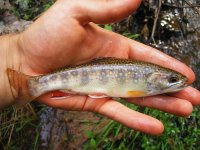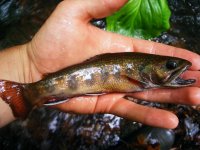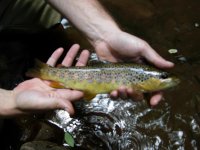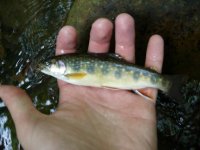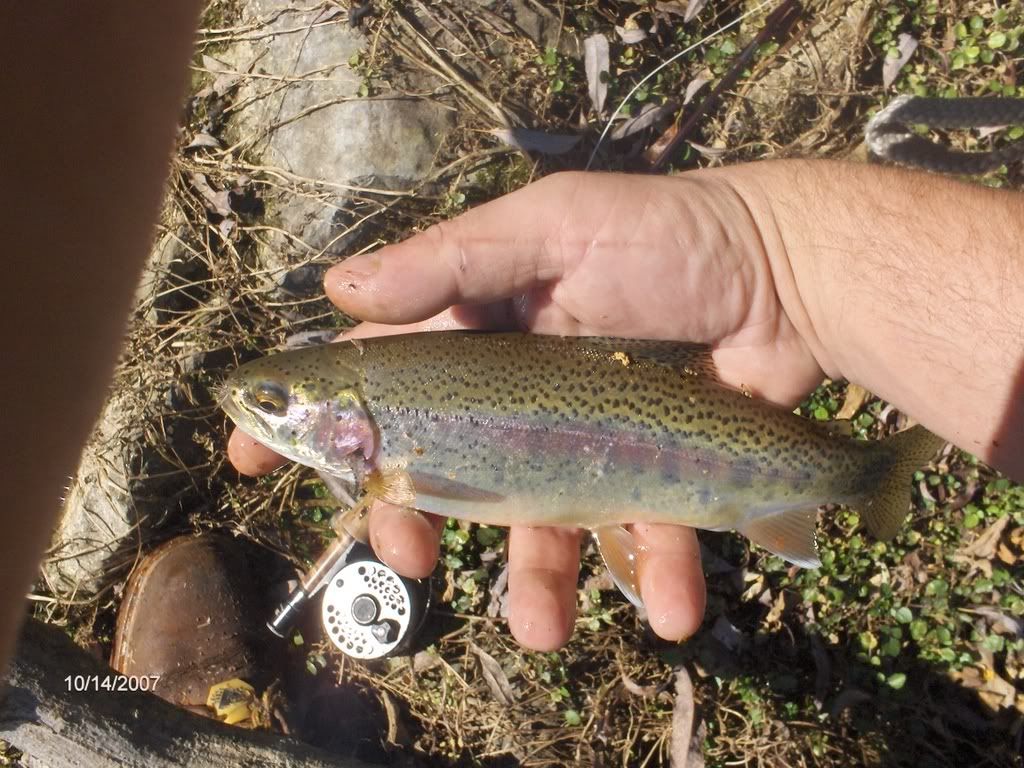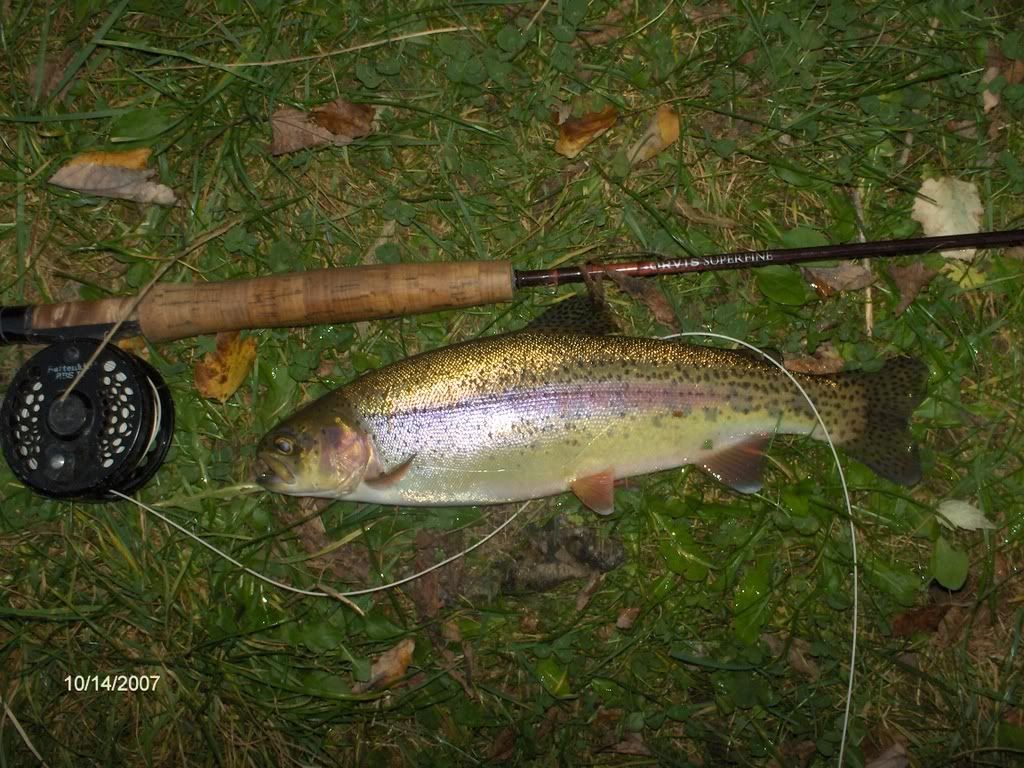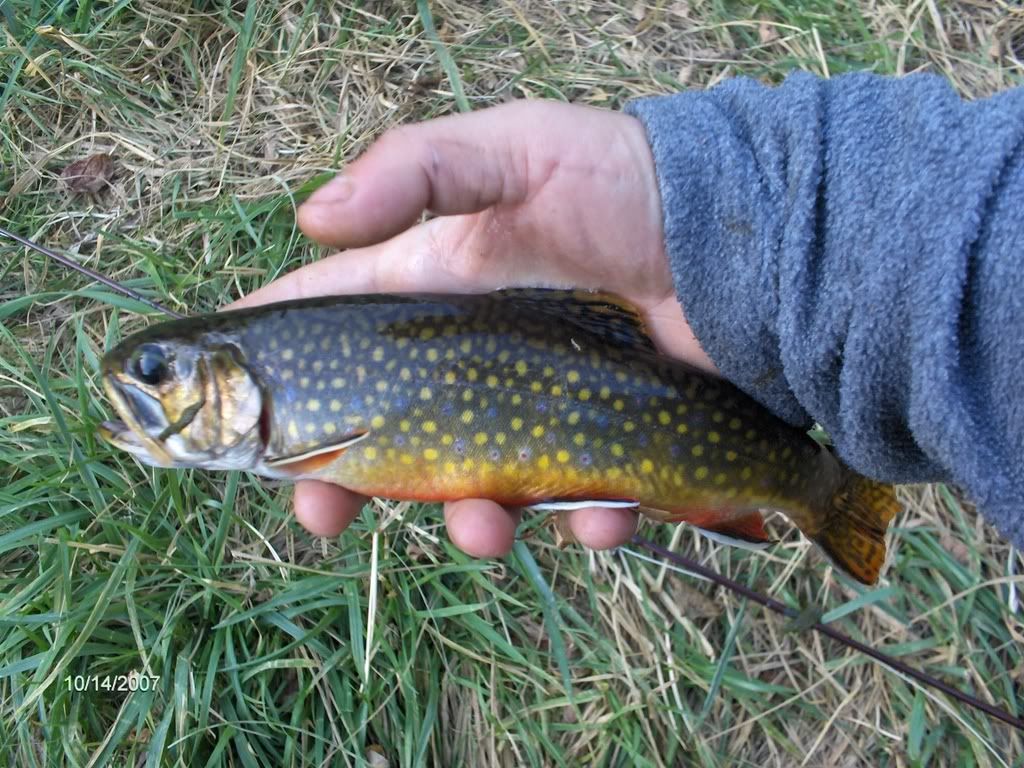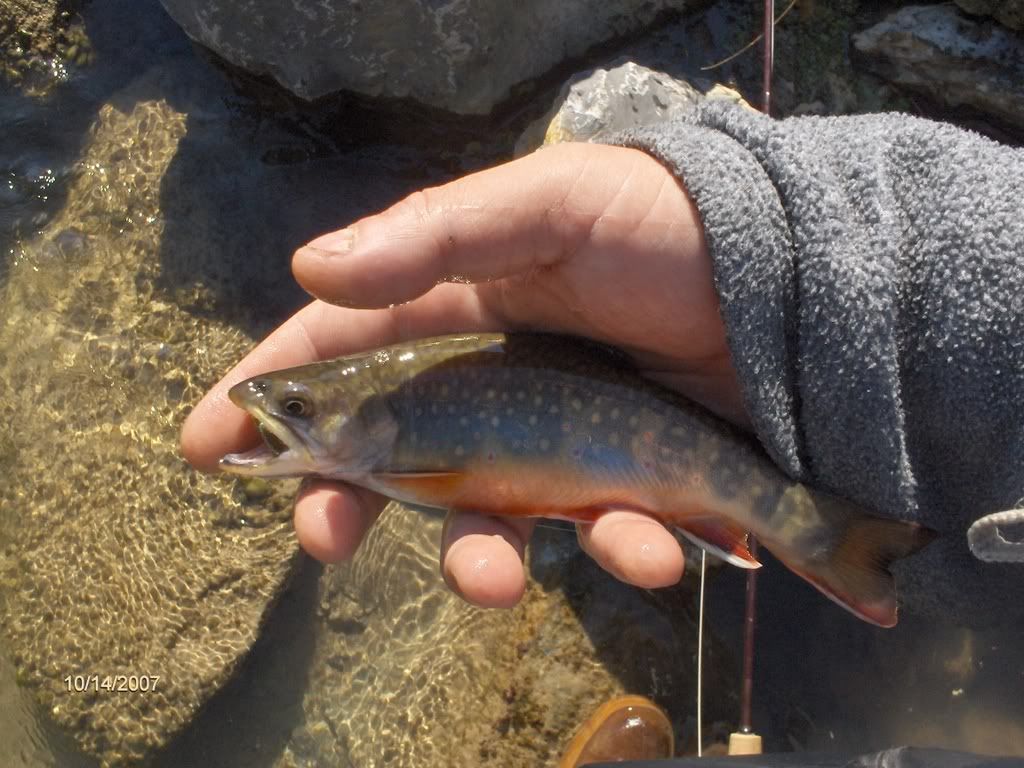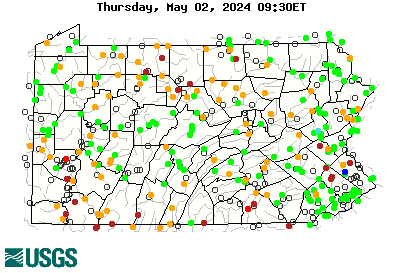Here is a general article on fish coloration. The "red coloration" section may answer a question brought up earlier:
Fish Coloration . . . Why?
by John Peterson
Have you every wondered when you see a beautiful fish why the fish is colored like it is? There is an enormous variety of colors and color patterns found on fish. Although this is one way to distinguish one fish from another for us hobbyist, there are reasons for the way the fish are colored. Having spent most of my life learning about our finned friends, I find that each day there is something more to learn regarding why our fish are like they are. I hope these facts will help you in analyzing your fish and help you to better understand their needs.
Cryptic Coloration
Many fishes are colored to match their backgrounds. This cryptic coloration is particularly important for sluggish bottom fishes. As a result, they often closely match the bottoms they rest upon, even mimicking irregular patches of light and algae. Some even can change their coloration to match their background.
Silvery
Bright silvery fishes are most characteristic of well-lighted waters, such as inshore waters of lakes or surface waters of the ocean. Usually silvery fish school and the light flashing off the scales helps to confuse predators because individual fish become hard to pick out. They also blend with the light reflected from the surface of the water.
Countershading
Most fishes have dark backs and white bellies. That dark backs help them blend in the dark bottom depths, when viewed from above, whereas the white belly helps them blend with the sky above when viewed from below.
Disruptive Coloration
Another form of camouflage is colors and patterns that break up the outline of the fish, making them harder to see. One of the most common patterns of this type is vertical bars running down each side. This pattern is associated with fishes that live near beds of aquatic plants, such as many of your cichlids. The vertical bars on the fish can blend in with the vertical pattern of the plant stems.
Red Coloration
It seems strange, in a world filled with predators, that so many fish are bright red or have red spots, stripes or fins. Although red is one of the most visible colors to us, it frequently is one of the least visible in the water. The color red is filtered out in the water and fades out at dusk. Red is also one of the last colors to appear at dawn. Fish with red coloration will normally be found in the deeper waters.
Bright Bright Colors
Many fishes have complex color patterns, especially many of the coral reef fishes. The bright colors can be a sign of sex, status or maturity. Another function of the bright colors may be camouflage. On a coral reef, colors are magnified and enhanced on the growth of the reef, so the fish seem to blend in better with their environment. This is especially true when light levels are low and colors are hard to see. The striking patterns may suddenly become disruptive patterns making the fish hard to distinguish from a shadow.
Eye Ornamentation
The eyes of fish are perhaps the most visible feature, especially at a distance. Anyone that has ever done any skin diving will concur with this. They are frequently the focus of attacks by predators and are important in communication with other members of their species. This results in two contrary needs in eye ornamentation. One is to disguise the eyes, the other is to emphasize them. There are many ways to disguise the eyes such as with a black line running through the pupil that is continuous with either horizontal or vertical stripes of the body or by having numerous spots surrounding the eyes that are similar in size to the pupil. The eye can be emphasized by having them brightly tinged with blue, green or yellow. Supplementary patterns such as eye rings can also be found.
Eye Spots
One of the most common marks on fishes, especially juvenile fishes, is a black spot located near the base of the tail. This spot is usually about the size of the eye and may even be emphasized with a light colored ring, while the real eye is disguised. Their principle function is to confuse predators by having them aim for the tail, rather than the head, giving the victim a greater chance to get away.
Lateral Bands
Single dark bands running along the sides of a fish are best developed in schooling fish. Their exact function is not known, but they seem to help keep members of a school properly oriented to one another. They also can be useful in confusing predators because the bands on individual fish in a school seem to blend together making it difficult for the predator to pick out one individual.
Link to source: http://www.mtfb.com/tbas1/FishColoration.html
Fish Coloration . . . Why?
by John Peterson
Have you every wondered when you see a beautiful fish why the fish is colored like it is? There is an enormous variety of colors and color patterns found on fish. Although this is one way to distinguish one fish from another for us hobbyist, there are reasons for the way the fish are colored. Having spent most of my life learning about our finned friends, I find that each day there is something more to learn regarding why our fish are like they are. I hope these facts will help you in analyzing your fish and help you to better understand their needs.
Cryptic Coloration
Many fishes are colored to match their backgrounds. This cryptic coloration is particularly important for sluggish bottom fishes. As a result, they often closely match the bottoms they rest upon, even mimicking irregular patches of light and algae. Some even can change their coloration to match their background.
Silvery
Bright silvery fishes are most characteristic of well-lighted waters, such as inshore waters of lakes or surface waters of the ocean. Usually silvery fish school and the light flashing off the scales helps to confuse predators because individual fish become hard to pick out. They also blend with the light reflected from the surface of the water.
Countershading
Most fishes have dark backs and white bellies. That dark backs help them blend in the dark bottom depths, when viewed from above, whereas the white belly helps them blend with the sky above when viewed from below.
Disruptive Coloration
Another form of camouflage is colors and patterns that break up the outline of the fish, making them harder to see. One of the most common patterns of this type is vertical bars running down each side. This pattern is associated with fishes that live near beds of aquatic plants, such as many of your cichlids. The vertical bars on the fish can blend in with the vertical pattern of the plant stems.
Red Coloration
It seems strange, in a world filled with predators, that so many fish are bright red or have red spots, stripes or fins. Although red is one of the most visible colors to us, it frequently is one of the least visible in the water. The color red is filtered out in the water and fades out at dusk. Red is also one of the last colors to appear at dawn. Fish with red coloration will normally be found in the deeper waters.
Bright Bright Colors
Many fishes have complex color patterns, especially many of the coral reef fishes. The bright colors can be a sign of sex, status or maturity. Another function of the bright colors may be camouflage. On a coral reef, colors are magnified and enhanced on the growth of the reef, so the fish seem to blend in better with their environment. This is especially true when light levels are low and colors are hard to see. The striking patterns may suddenly become disruptive patterns making the fish hard to distinguish from a shadow.
Eye Ornamentation
The eyes of fish are perhaps the most visible feature, especially at a distance. Anyone that has ever done any skin diving will concur with this. They are frequently the focus of attacks by predators and are important in communication with other members of their species. This results in two contrary needs in eye ornamentation. One is to disguise the eyes, the other is to emphasize them. There are many ways to disguise the eyes such as with a black line running through the pupil that is continuous with either horizontal or vertical stripes of the body or by having numerous spots surrounding the eyes that are similar in size to the pupil. The eye can be emphasized by having them brightly tinged with blue, green or yellow. Supplementary patterns such as eye rings can also be found.
Eye Spots
One of the most common marks on fishes, especially juvenile fishes, is a black spot located near the base of the tail. This spot is usually about the size of the eye and may even be emphasized with a light colored ring, while the real eye is disguised. Their principle function is to confuse predators by having them aim for the tail, rather than the head, giving the victim a greater chance to get away.
Lateral Bands
Single dark bands running along the sides of a fish are best developed in schooling fish. Their exact function is not known, but they seem to help keep members of a school properly oriented to one another. They also can be useful in confusing predators because the bands on individual fish in a school seem to blend together making it difficult for the predator to pick out one individual.
Link to source: http://www.mtfb.com/tbas1/FishColoration.html

